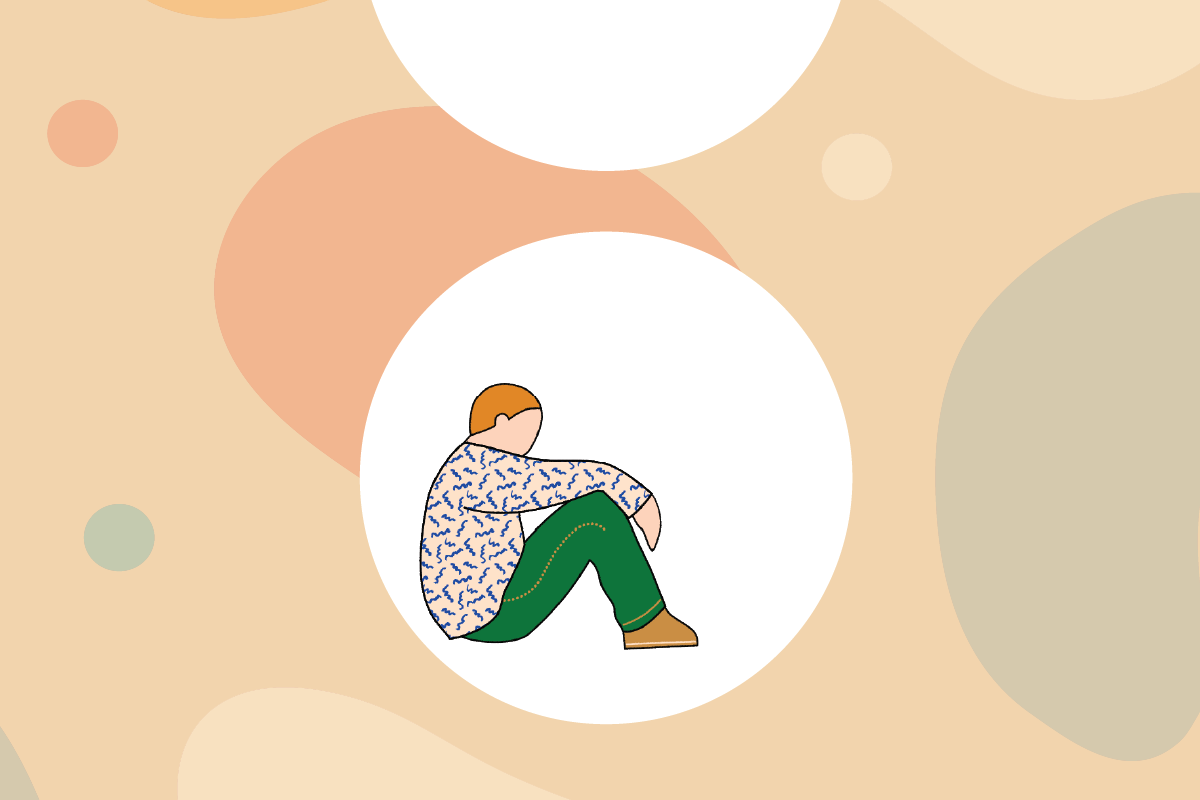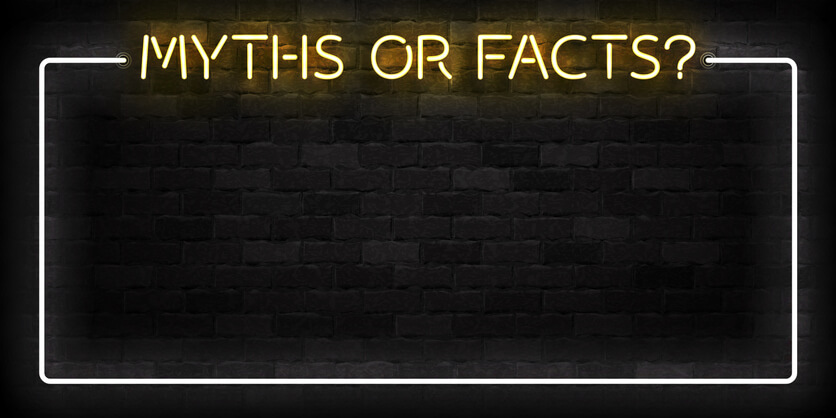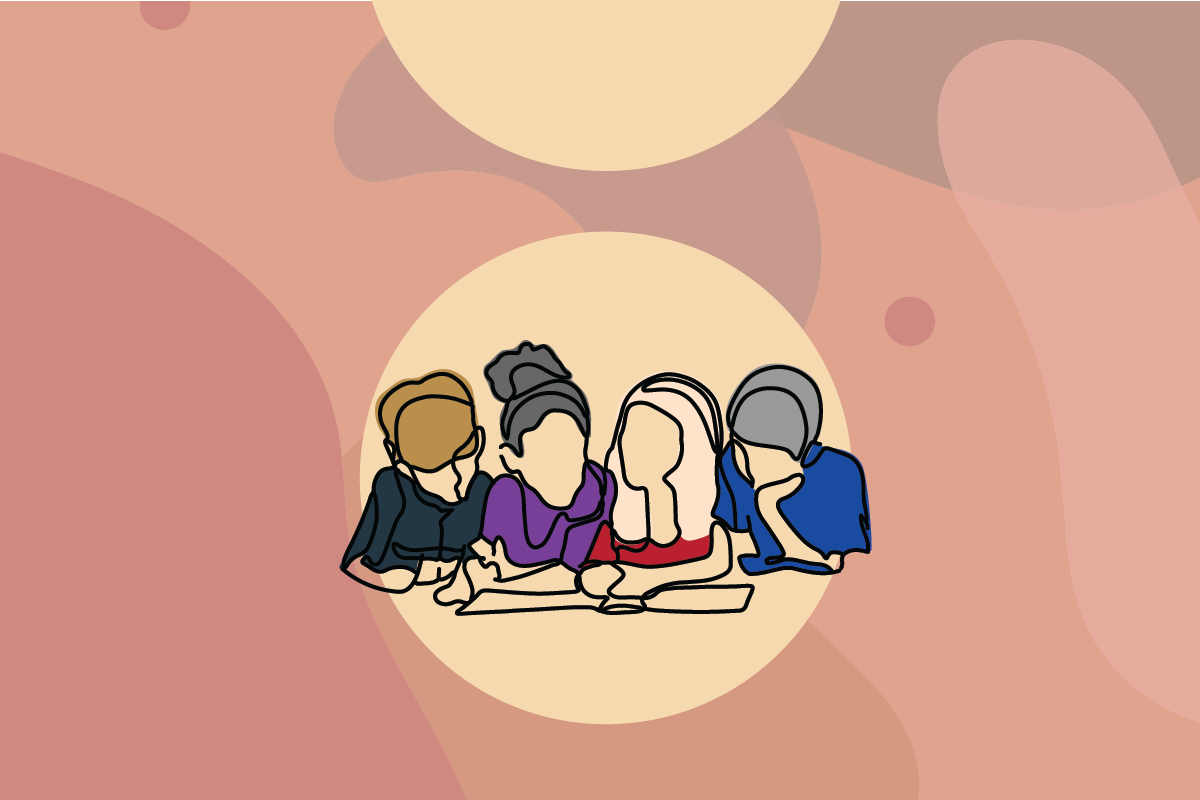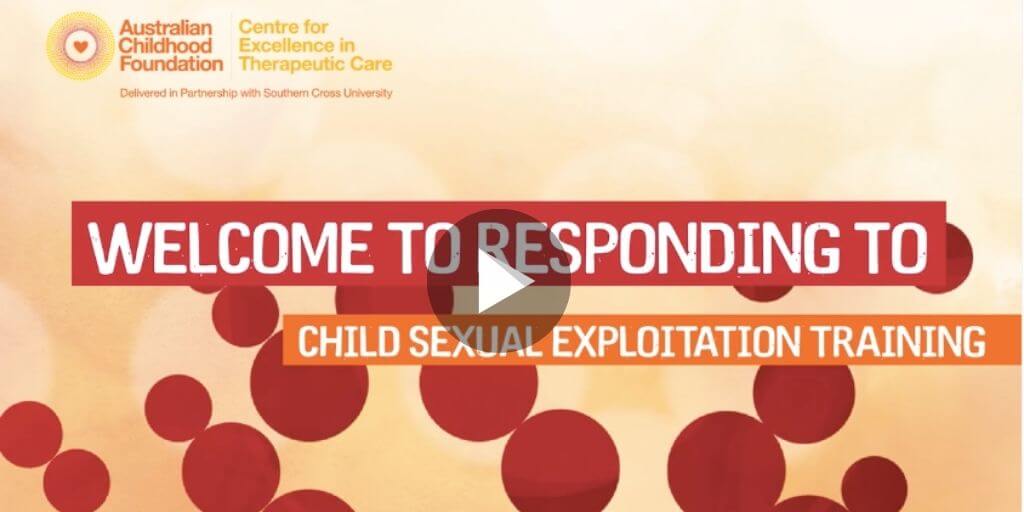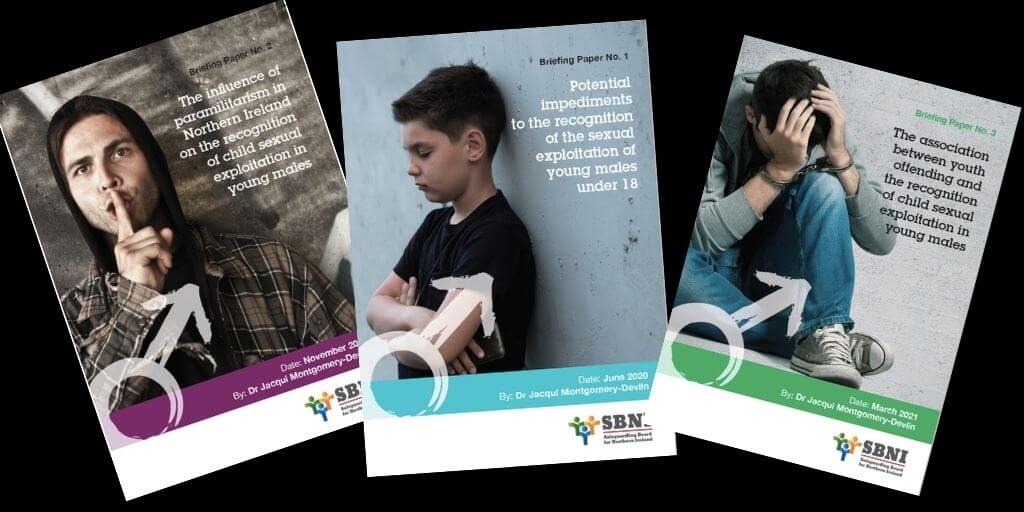‘It happens to boys too’: Child sexual exploitation
May 2021
Written by Noel Macnamara
Over the last few years, there has been an increase in the profile and awareness of Child Sexual Exploitation (CSE). Undoubtedly there is a benefit of increased awareness and understanding of the exploitation of children and young people, however, the narrative has remained overwhelmingly focused on female victims and male perpetrators. Much discussion focuses on males having agency in their choices regarding sexual encounters, inaccurately assuming they act only as willing participants or exploiters, and therefore, cannot themselves be exploited.
This is an oversimplification that is built on a damaging stereotype about male invulnerability, and it obscures the truth: Boys can be victims, and boys need support and help.
The distress of young males, because of CSE, often manifests as externalising behaviour problems such as displaying aggressive, damaging behaviours, or behaviours that challenge in placement, school, or the community – going missing, displaying harmful sexual behaviour or alcohol and substance misuse.
These behaviours are frequently interpreted solely as a sign that the young person is a risk. But the behaviour could be an indicator that they have themselves have been harmed. The behaviours could be a protective or coping strategy or the way in which they are communicating to the outside world that something is wrong.
These externalising behaviour problems – traditionally associated with males (Fisher et al, 2017) can result in school expulsions, being moved from less restrictive placement options to more restrictive options. In many cases, where criminality is involved, young males may end up in juvenile detention (Nelson, 2009). These experiences only compound the trauma of abuse and may well advance a downward life trajectory – one which may have a long-lasting (in some cases lifelong) impact on their emotional well-being, their sense of identity and opportunities afforded to them.
It is important to acknowledge that the majority of studies strongly indicate that girls are more likely than boys to experience CSE and that most abuse is carried out by males (Nelson, 2009). However, we must remain vigilant that we have not created an environment that makes it harder for boys and young men to disclose the harm they have experienced — and for the rest of us to acknowledge it. If we want boys and young men to respond differently, we must start believing that they are equally capable of the vulnerability, shame, and pain of CSE.
Learn more
Interested to learn more about Responding to Child Sexual Exploitation? Register and complete our free online training here.
References
Fisher, C., Goldsmith, A., Hurcombe, R. and Soares, C. (2017) The Impacts of Child Sexual Abuse: A Rapid Evidence Assessment. Summary Report. London: Independent Inquiry into Child Sexual Abuse.
Nelson, S. (2009) Care and Support Needs of Men Who Survived Childhood Sexual Abuse: Report of a Qualitative Research Project. Edinburgh: Centre for Research on Families and Relationships.

